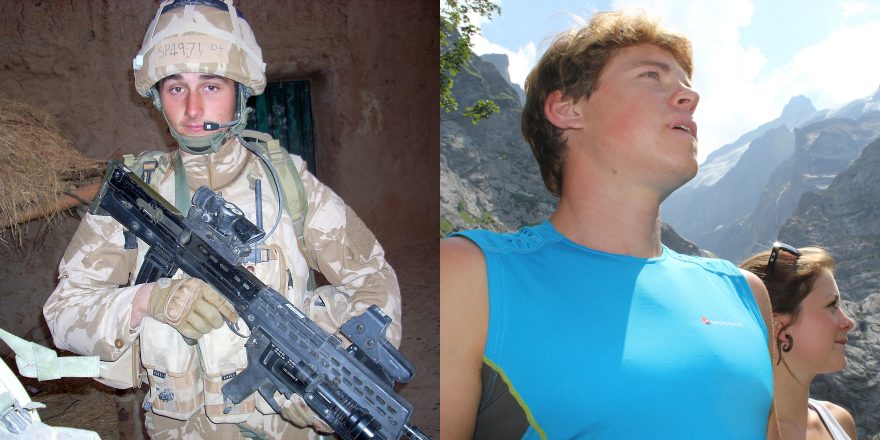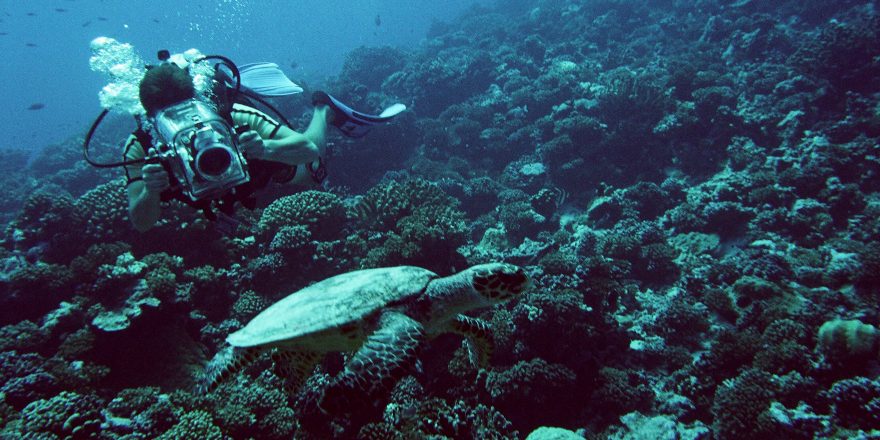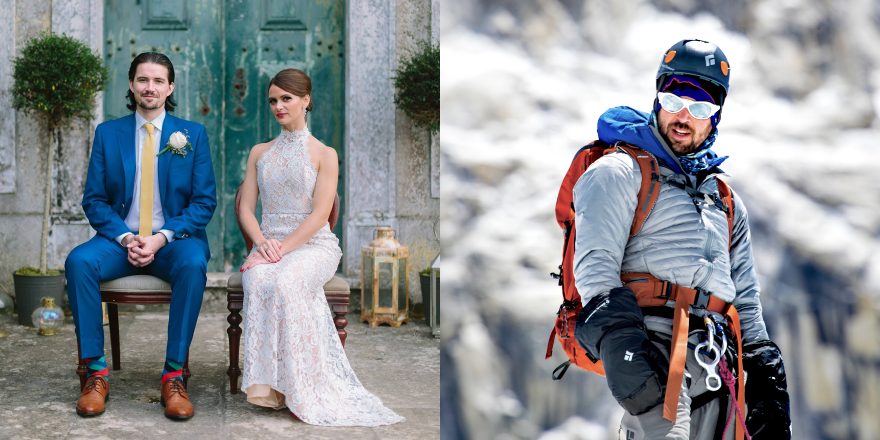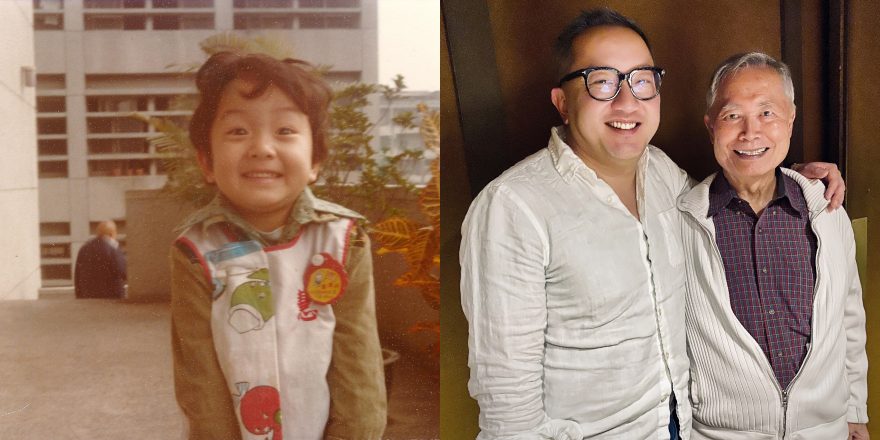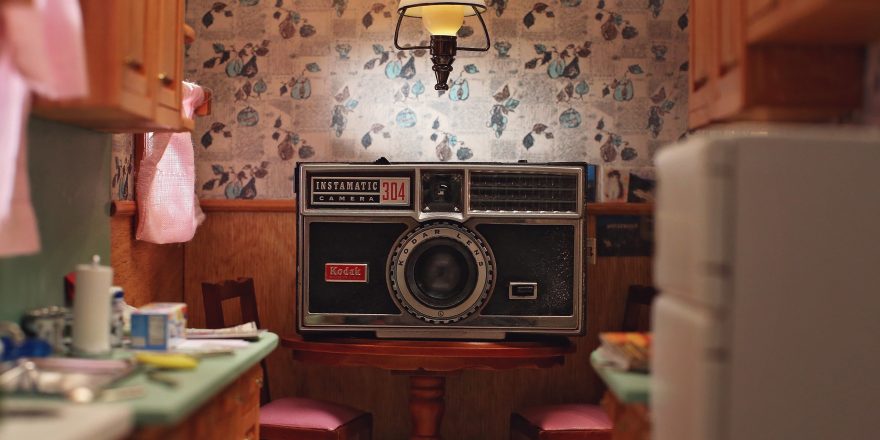“Incoming! Take cover!”
I was on patrol with a small troop of Royal Marines Commandos when the Taliban launched a ferocious attack.
“Keep down!” screamed the commanding officer as we scrambled into a dry river bed for shelter.
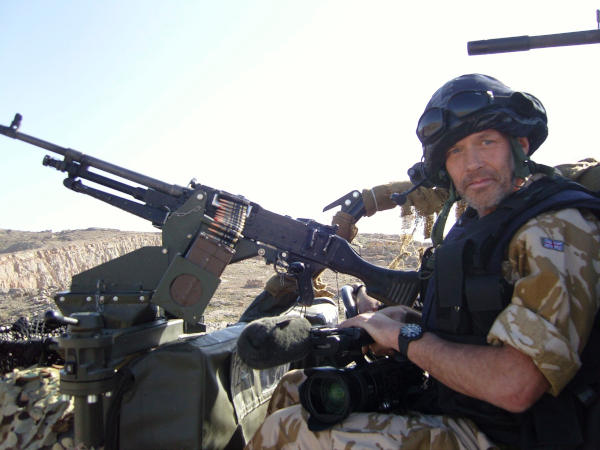
The enemy bullets made a sinister buzzing noise as they ripped through the air just above our heads. For obvious reasons, we called such low-flying rounds “lead wasps” and these were coming at us in deadly, angry swarms, some kicking up the sand around us, some ricocheting off nearby rocks. Suddenly, there was the sound of a sickening thud as one lead wasp found its mark, shattering the wrist of a marine to my right.
“Man down!”
A frantic firefight ensued and the noise of automatic gunfire, mortar explosions and shouting was overwhelming. I was terrified and exhilarated in equal proportion – petrified yet thrilled; horrified yet elated. The prospect of death was all around me, yet seldom had I felt more alive, more charged, more emotionally inflamed. It was electric, and as we successfully took the fight back to our attackers, the more electric it became.
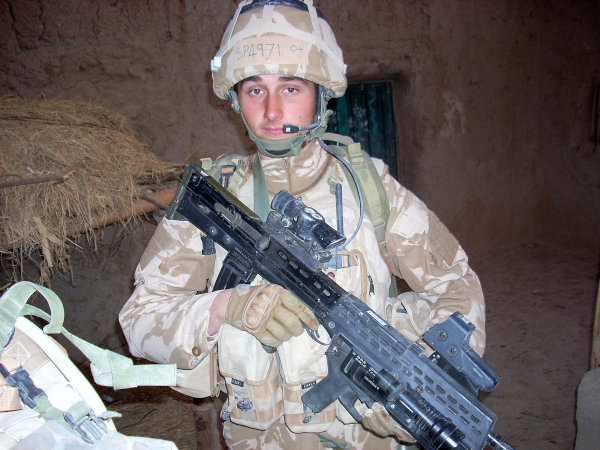
As an anthropologist and filmmaker, I was in Afghanistan to shoot with a camera, not a gun, but, gripped by the moment, a surge of adrenaline rushed through my body. I felt what these young marines were feeling – a blood-chilling yet intoxicating sense of danger as we faced up to our own mortality. I wanted the danger to pass, but as soon as it had, I craved more. I was reminded of Churchill’s words following his own first brush with combat during the Boer War: “Nothing is so exhilarating as to be shot at without result.”
It was a visceral, almost out-of-body experience; as deeply spiritual as it was intensely physical.
We suffered only one injury that day and no fatalities. It was a blessing, but a short-lived one. Within weeks, several of our number had been killed, including a 19-year-old sniper called Georgie Sparks, who was only seven months out of training. He was blown up by a rocket-propelled grenade as he covered the advance of his comrades towards enemy territory. I knew Georgie well and was honored when his family asked me to give a eulogy at his funeral back in the U.K. a month later. The day we buried him would have been his 20th birthday.
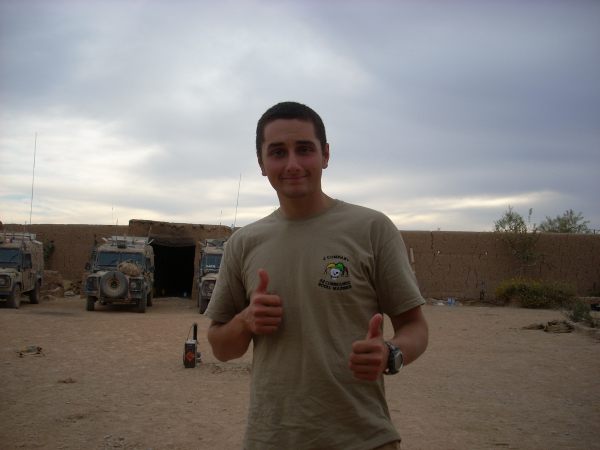
“Georgie was proud beyond measure to have been a Royal Marine,” I told the weeping mourners, his mother, father and sister among them. “He died a hero. He did so as a young man and that’s what he will always be. Nearly 20 … forever.”
I have always been fascinated by the primal urge of young men to push themselves to the wire, to confront hazard, to square up to risk and peril. Women do this too, of course, perhaps increasingly so in the modern world, but pound-for-pound dicing with death seems to be a predominantly male inclination. In my experience, men just appear to be more hard-wired to court danger and more inclined to teeter on the edge of survival.
For a Royal Marines Commando, death in combat is an occupational hazard. He will train to survive, to dodge the proverbial bullet when it comes. Certainly, Georgie had no desire to die. He loved life and embraced its opportunities with alacrity. Ironically, that was why he chose to train as an elite Royal Marines Commando in the first place. The recruiting strapline when he joined up was “99% need not apply” – an irresistible proposition for determined and ambitious young men with something to prove. Of the 50 recruits in Georgie’s intake, only five got through the grueling 32 weeks’ training to pass out as Royal Marines. Georgie had earned the iconic green beret and the right to fight for his country. And to die for it, too. Maybe he was yielding to an elemental compulsion, succumbing to a biological urge to go beyond. But this do-or-die impetus that seems to drive young men to do extraordinary things is not confined to frontline soldiers.
Tom Ballard, one of Britain’s most acclaimed mountaineers, was a young man I had known since his early childhood. In 2019, at the age of just 30, he perished on Nanga Parbat, AKA “The Killer Mountain,” in the Karakorum range in Pakistan. Tom was born to climb – almost literally. His mother, the great Alison Hargreaves, Britain’s foremost female mountaineer, summited the Eiger when six months pregnant with Tom. But Alison was killed in the mountains when Tom was only six years old. She perished on K2, AKA “The Savage Mountain,” also in the Karakorum. Alison (the first woman to climb Everest solo and without auxiliary oxygen) was a one-off climbing phenomenon who proved herself in the testosterone-fueled world of the high-altitude climber – traditionally a male preserve. On average, roughly 90 percent of annual deaths due to extreme sports are males between the ages of 15 and 54. Does this possibly point to a congenital death-wish among men, a male-skewed predisposition to die?
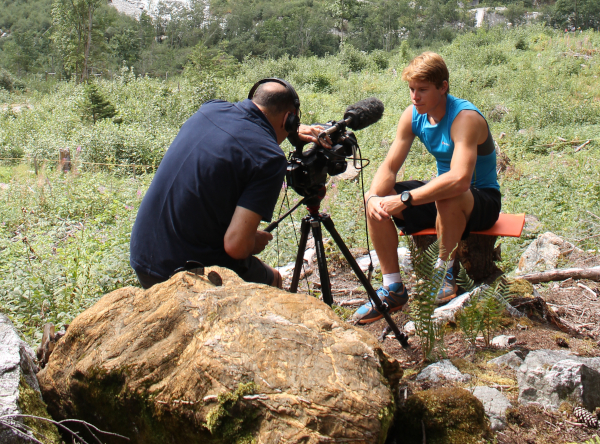
Tom was a brilliant climber, but not unduly reckless. He knew the risks, and that death and injury stalked him on the mountain slopes, but he made strength out of fear. At the age of 16, I remember him telling me he had a “calling” to climb. I pushed him on this.
“So, when you’re climbing, you feel in touch with something deeper within you?”
“Very much so,” he replied. “But you don’t know what it is – it just feels right.”
“Would you call yourself courageous?”
“Not really, but like all mountaineers, I want to do things for the first time. It’s not always about getting to the top, but climbing a route nobody’s climbed before.”
“What’s your attitude to mountains?”
“I respect them. I never think in terms of ‘assaulting’ them or ‘conquering’ them. If a mountain wants you to climb it, it’ll beckon you onwards; if it doesn’t, it’ll let you know soon enough. The trick is to read the signs, and if necessary go down to come back another day.”
Tom, very much his own man, had a complicated relationship with mountains, danger and death. He was fascinated by my time with the marines in Afghanistan and often asked about it. He never wanted to be a soldier. If anything, he was a pacifist, but I reckon he felt a kindred spirit with the marines who, like him, put their lives on the line as a career choice. One of my favorite photographs of Tom shows him lying on a steep mountain ledge in his sleeping bag, reading a book I wrote called Commando. This was extreme reading about extreme people in an extreme location. At one time, the Royal Marines, experts in mountain warfare, wanted Tom to give them some tips on his extraordinary alpine techniques. We lost Tom before that could be arranged.
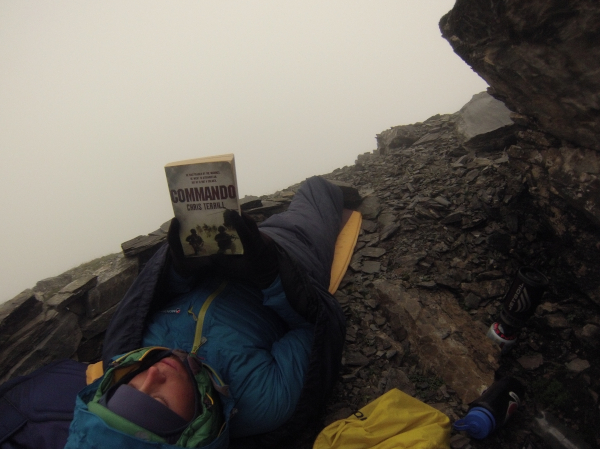
Tom and Georgie died doing what they loved. Both, in their own ways, were “living the dream,” driven by a determination to be the best, but also, by defying death, making the most out of living. One view is that pushing ourselves to life-threatening extremes is a way of dealing with what the psychoanalyst Carl Jung called “the terror of existence.” He suggested that we cope with the “existential angst” of being alive “by actively pursuing a purpose that’s bigger than ourselves.” That means staring danger squarely in the eyes and attempting to overcome the odds, however much they seem stacked against us. Without that mindset, sailors would never have crossed oceans, explorers would never have ventured into unknown territories, astronauts would never have walked on the moon. By the same token, without that same intrinsic impulse to “run faster, jump higher and leap further,” not only would sporting world records never have been broken, but scientific discoveries would never have been made, great literature never written, great music never composed. Humanity would have ground to a halt, but that does not mean everybody has to court danger. The adrenaline junkies are just one dimension of the human impulse to push the boundaries of achievement.
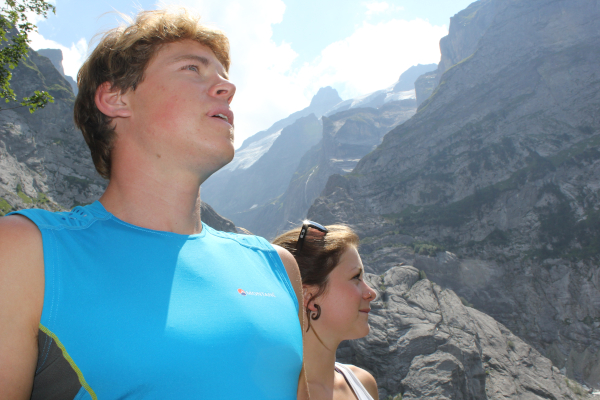
Our society needs risk-takers to function and progress. We need these crazy go-getters (male and, maybe increasingly, female) if we are ever to set up camp on Mars or, indeed, rescue our own planet from climate change.
We need the Georgies and Toms of this world to take the risks on behalf of humanity. In my view, they are the best of us.
Tom’s mum, Alison Hargreaves, had a favorite saying – it was her mantra: “It is better to have lived one day as a tiger than a thousand years as a sheep.”
Tom Ballard and Georgie Sparks were tigers and both will be young men – forever.
All images courtesy Chris Terrill.



